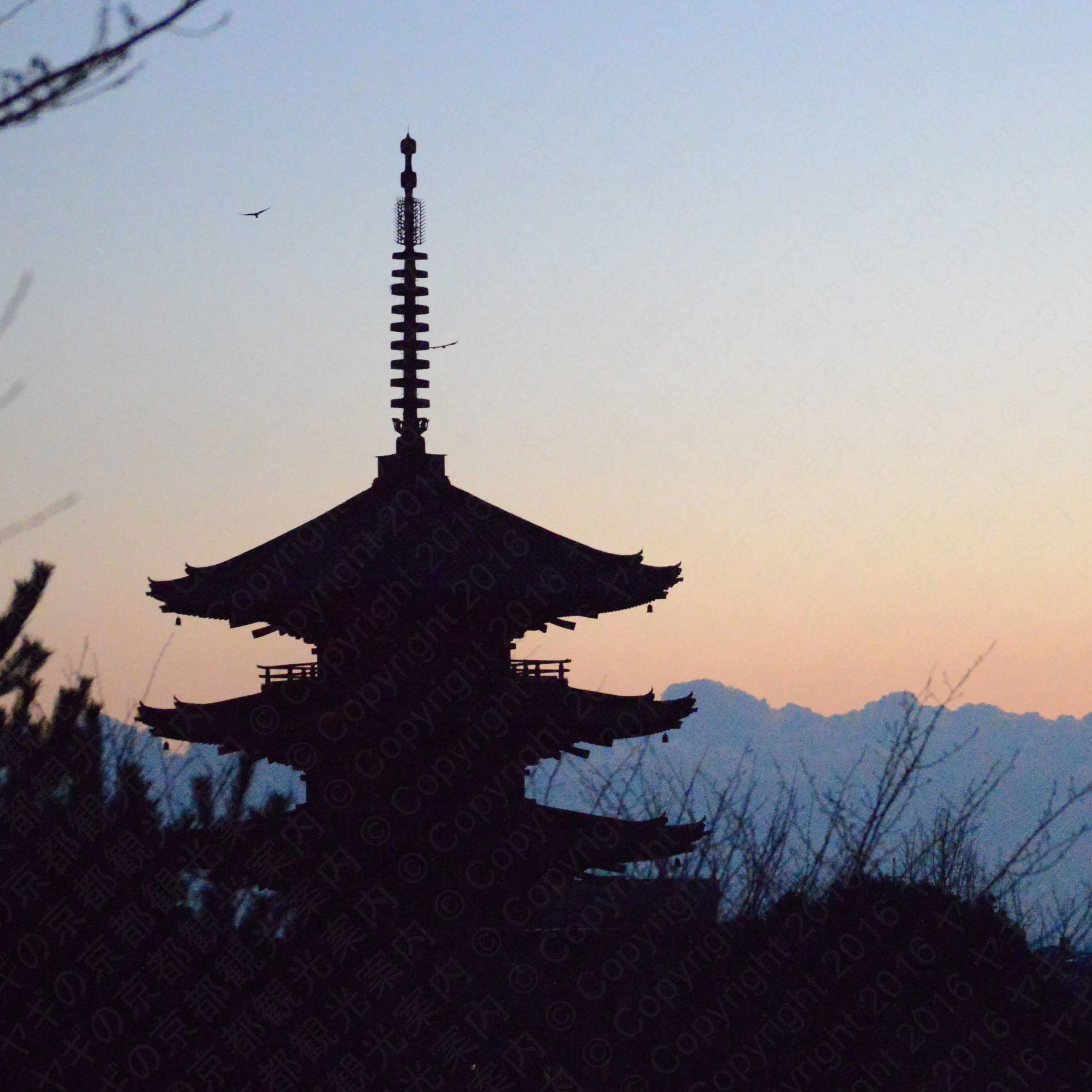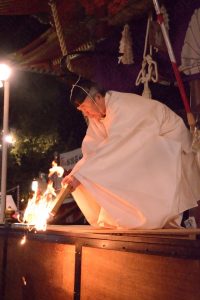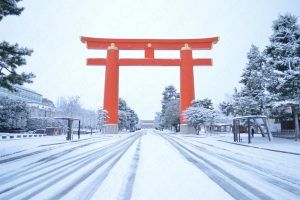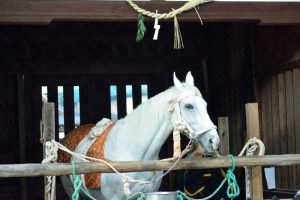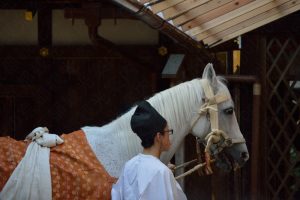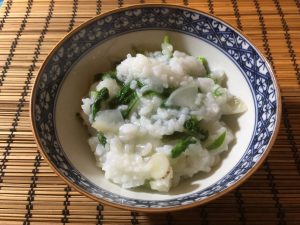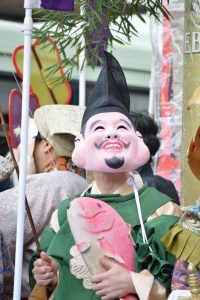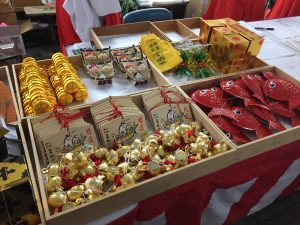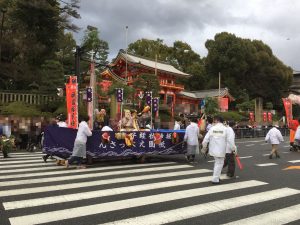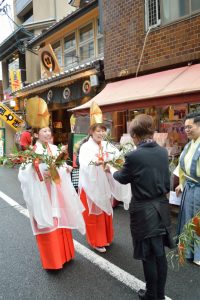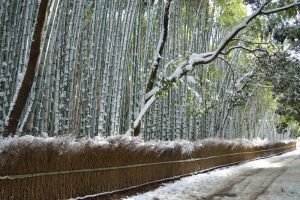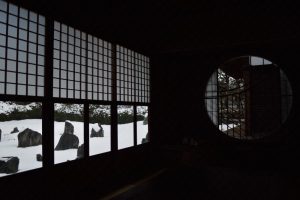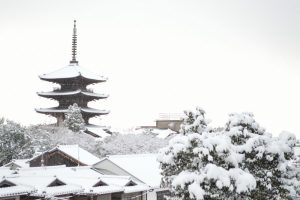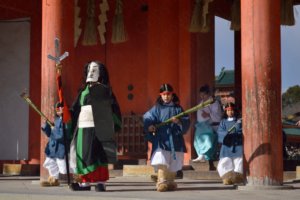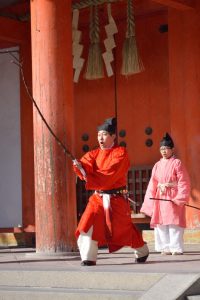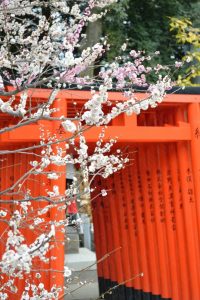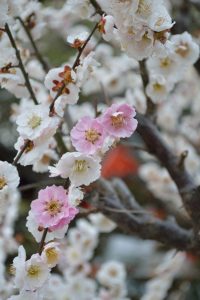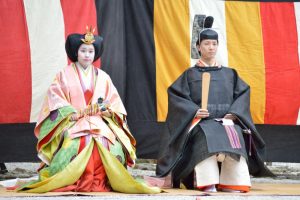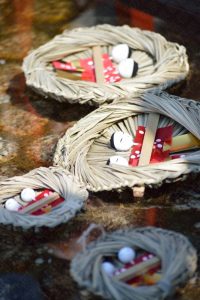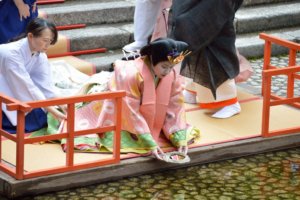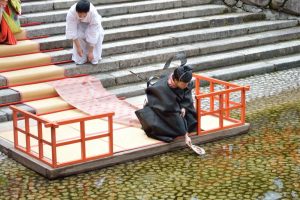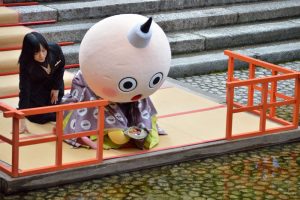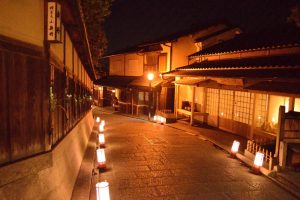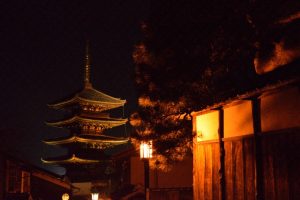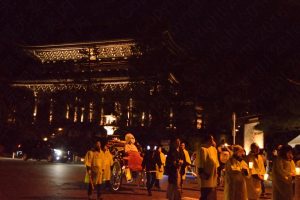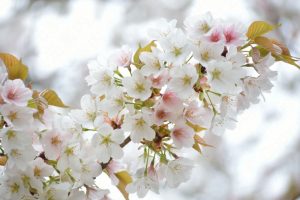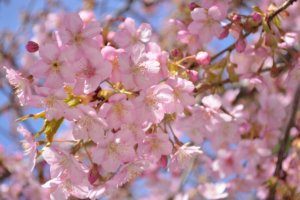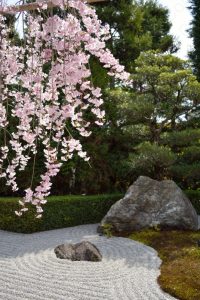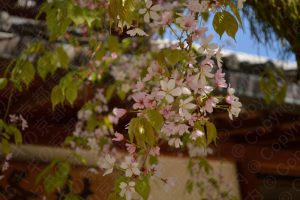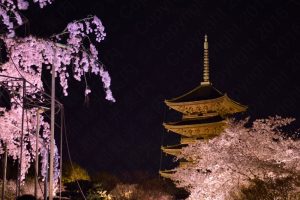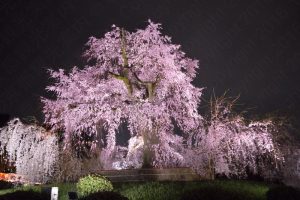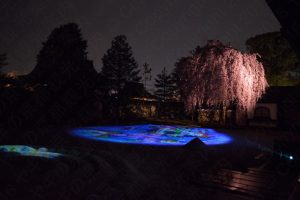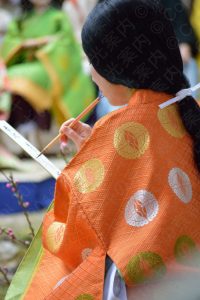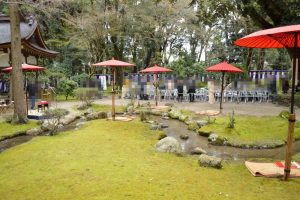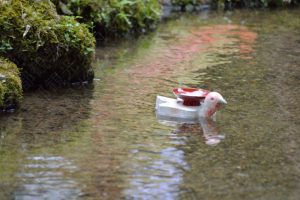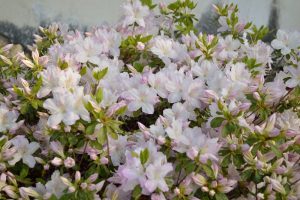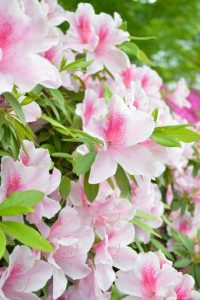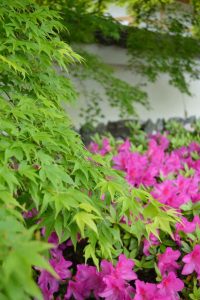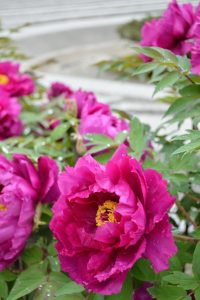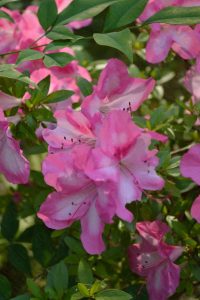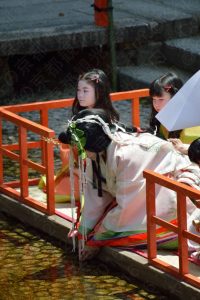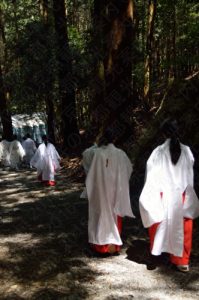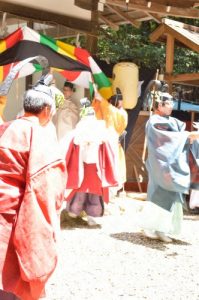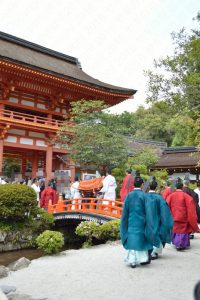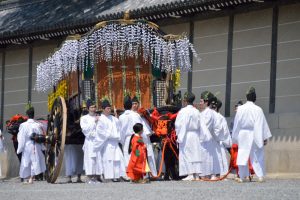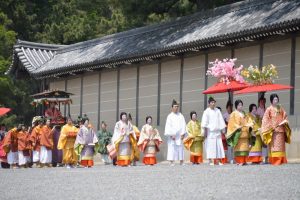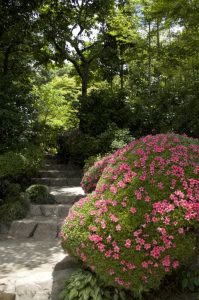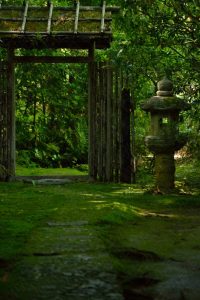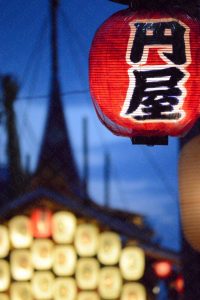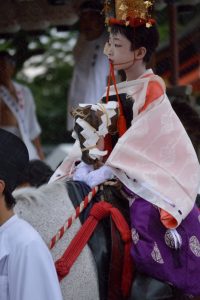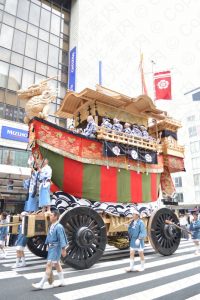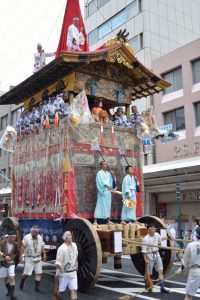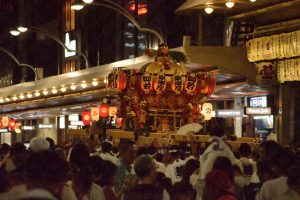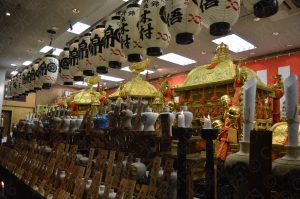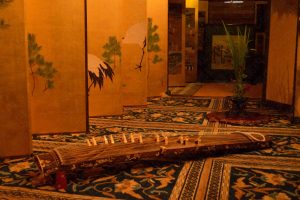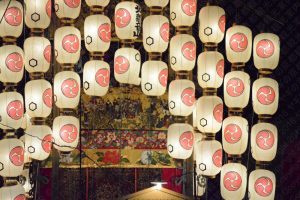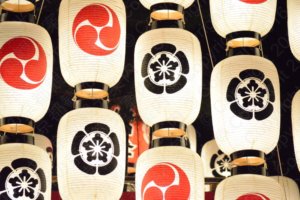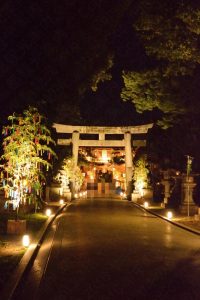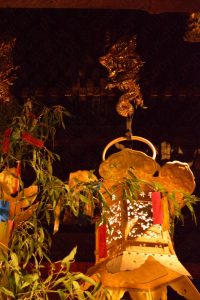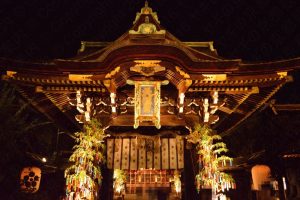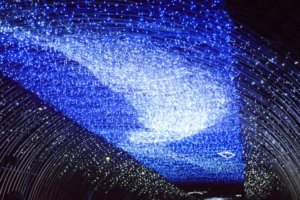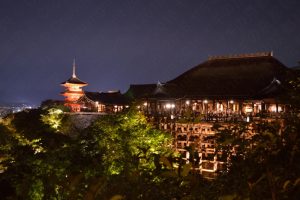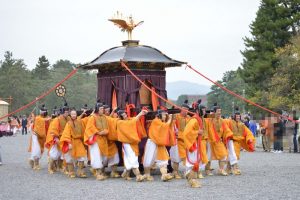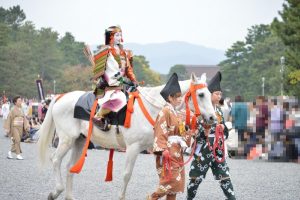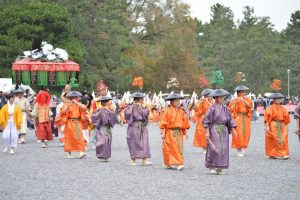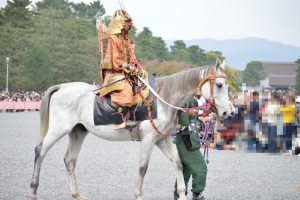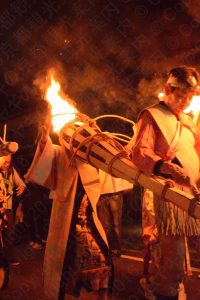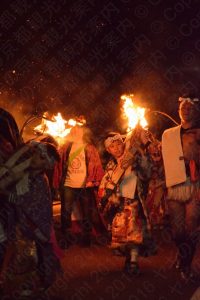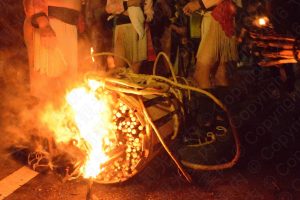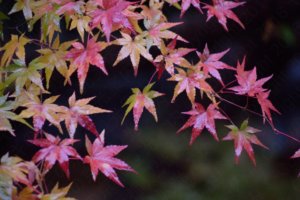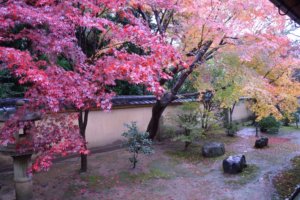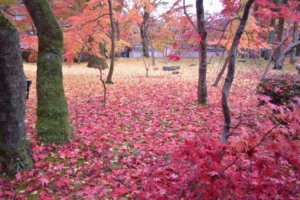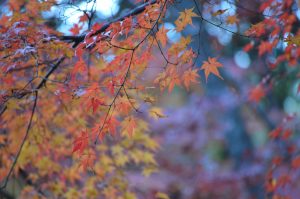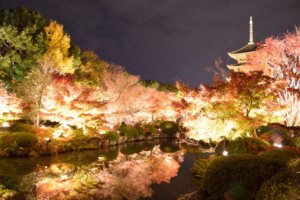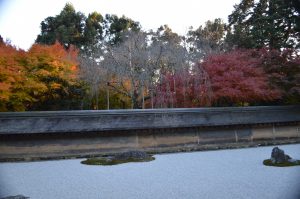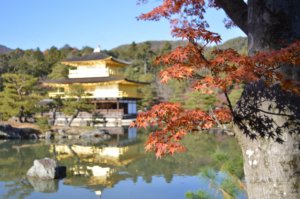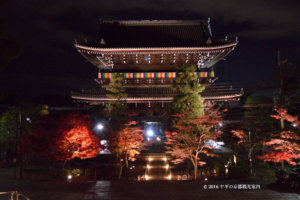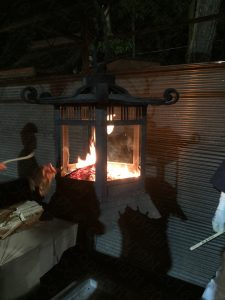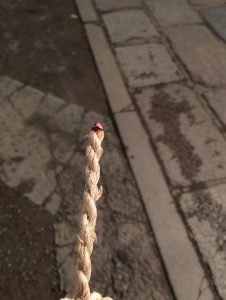A goat Kyotoite shows you fun things to do and see in every season and manth in Kyoto. You can see information on rituals and festivals common Kyotoites enjoy.
January 睦月
1st Okera sai (白朮祭)
At 5 a.m., in front of the main hall of Yasaka shrine, a Shinto priest put small fire on the sheets of wood. To get rid of anything evil, he let them be at the mercy of the breeze. This is “Okera-sai”, the first ritual of the year in commences in Yasaka shrine.
1st Hatsumode (初詣)
On 1st of January, Japanese people rush to shrine or temple to pray for good fortune.
7th Hakuba souran Shinji (白馬奏覧神事)
Shrine used to keep horses in the days of old but they can not manage them these days. In Kyoto, only Kamigamo shrine keeps a horse called “Shinme”, a horse for Shinto Kami (A kind of deity).
On the day Shinto priest put a bowl of “Nanakusa-gayu (The picture below.)” in front of Kami. The Shinme horse pay a visit the shrine and he eats soy beans. It is believed that if we could see a white horse at the begging of a year, we would keep away anything evil. It is a ritual used to carry on in the imperial court.
On the day, we have a bowl of “Nanakusa gayu” as same as Kami. It is believed that the bowl brings us good heath.
10th Ebessan えべっさん/10日戎
Ebessan (Ebisu-san in colloquial way) is a deity of prosperity.
On the day, merchants pay a visit to Ebisu-shrine around the archipelago. They decorate bamboo grasses with ornaments and pray their prosperity.
At Ebisu-shrine in Yasaka shrine, a ritual and a parade was commenced.
Shinto priestesses bring bamboo grasses to a merchant.
Kyoto in snow
On January, we have a couple of snowing days.
February 如月
3th Setsubun Dainano-gi
Setsubun is a ritual used to commenced in the imperial court. We believed the evil spirits occur and bring us misfortune. We put it away with arrows and a stick.
11th Kigensai 紀元祭
In “Kigensai”, we cerebrate the foundation of our country. At Kamigamo shrine, “kemari”, a traditional foot ball game was commenced as a dedication.
Plums
In February to March, flowers of plums are in bloom. These flowers tells winters are nearly ending.
March 弥生
3rd Hinamatsuri ひな祭り
Hinamatsuri is a custom praying for good fortunes of female children.
At Shimogamo shrine, we commence “Nagashi-bina”, the ancient way to cerebrate Hinamatsuri.
They put wreath like object on a small river in Simogamo shrine.
2nd week Higashiyama Hanatoro 東山花灯路
In the middle of March, Higashiyama district was illuminated with small lanterns.
We have “Fox bride” parade there.
Cherry blossoms 桜
During the late March to early April, cherry blossoms are in full bloom. We can admire at least four kinds of cherry blossoms.
Kawazu-zakura 河津桜
The fist cherry blossom which tells Kyotoite the begging of spring. We can see it late February to early March.
Somei yoshino 染井吉野
The most popular cherry blossoms in Japan. We can see it late March to early April.
Sidare-zakura
Sidare-zakura is also popular cherry blossom in Japan.
Omuro-zakura
Omuro-zakura is short in height as shrub. We can see it only in Ninnaji temple. It is in bloom in early-April
Kitano-zakura
The petals of Kitano zakura changes from white to pink gradually. We can find it in Kitano tenmangu shrine. It is in bloom in mid-April.
Cherry blossom in illumination
We can admire illuminated cherry blossoms around many places in Kyoto.
April 卯月
9th Kamo-kyokusuinoen 賀茂曲水の宴
“Kyokusuinoen” is a party in which participants compose poem. In Heian period, the court nobles loved it. Today, we can see it Kamigamo shrine.
The participants are seated along the small river.
On the river, a wooden bird brings a “Sakazuki (Something like a dish on its back)” filled with Sake.
The participants compose poems before the bird arrives in front of them.
Flora
After cherry blossom, we have a season of “Tsutsuji”.
In April, many flowers in bloom.
May 皐月
3rd Yabusame shinji 流鏑馬神事
Prior to Aoi matsuri fesrival, the traditional archery is dedicated in Shimogamo shrine.
4th Saioudai Gyokei 斎王代御禊
Saioudai is a priestess who attend Aoi matsuri festival on behalf of the emperor in Kamigamo shirine.
12th Mikage Matsuri 御蔭祭
Before Aoi matsuri festival, Shin to priests bring the new-born soul of Kami to Shimogamo shrine.
The soul is in the small box the priest hold.
The white horse carry the box on the back to Shimigamo shrine. This is one of the most underrated ritual in Kyoto.
15th Aoi Matsuri 葵祭
One of the most popular festival in Kyoto. Its history dates back to the 9th century. The participants in the garments of Heian period march From Kyoto Imperial Palace to Kamigamo shrine by way of Shimogamo shrine. Precise information is here.
Flora
Around Aoi matsuri festival, we can adore “Satsuki”.
In May, we can see “Aomomiji”. In autumn, the green leaves will turn into red, yellow or vermilion.
June 水無月
31st Nagoshino-harae 夏越の祓
On 31st of June, to get rid of “Kegare (An anaemic state of mind) “, we walk through “Chinowa”, the huge wreath in the photo.
July 文月
Gion matsuri 祇園祭
The most huge and famous festival carried on Kyoto. Precise information is here.
Yamahomo parade
Yamahokos/Yamabokos(The pictures above)marching around the center of Kyoto city. The most popular event in Gion matsuri festival.
Mikoshi togyo 神輿渡御
The portable shrines depart Yasaka shrine to the center of Kyoto city.
Yoiyama 宵山
In the eve of Yamahoko parade, we can see ornaments decorating Yamahoko and works of art.
August 葉月
Mid-August Kyo-no Tanabata 京の七夕
“Tanabata” used to be a ritual for good cultivation. Today, it is the day we make a wish. In the Tanabata period, many places in Kyoto were illuminated.
Mid-August Senniti mairi 千日詣り
When we visit Kiyomizu-dera temple, the visit could be worth 1,000 times visits.
16th Bonfire 五山送り火
The huge bonfires lit in 5 places in Kyoto. We believe deceased ancestors come back to us in the short period of time called “Obon”. The fires are lit in the end of the Obon days and we wave our good-bye to them who go back to where they belong.
October 神無月
Early-October Moon viewing
We cerebrate a good harvest and enjoy adore the full moon.
22nd Jidai Matsuri festival 時代祭
The festival cerebrating the foundation of Kyoto. In this parade, we can see garments of the long period of Japanese history (8th to 17th century). Every single costume is precisely duplicated in terms of historical point of view.
22nd Himatsuri 鞍馬の火祭
One of the curious festival in Japan. Large torches move around in the mountain villages in the north of Kyoto city.
November 霜月
Autumn leaves/colors 紅葉
From mid November to early December, amazing autumn leaves and foliage lure many people into Kyoto.
December 師走
31st Okeramairi 朮詣り
On the last day of the year, we put the fire on the small rope. We go back our home keep burning the fire. The rope is an amulet which keeps away fire accidents from our house.
ヤギの京都観光案内/KYOTO GOAT BLOGをもっと見る
購読すると最新の投稿がメールで送信されます。

